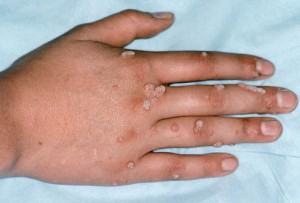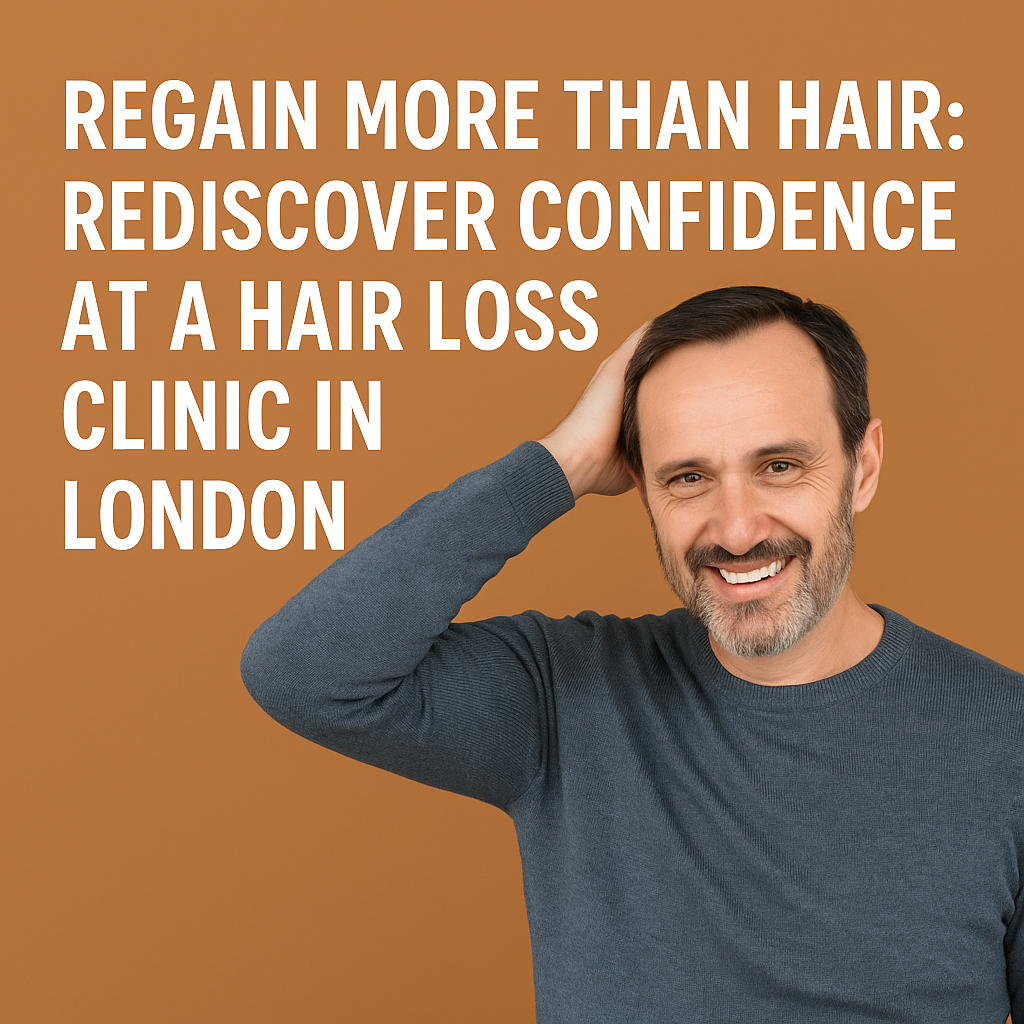Warts can be an annoyance for many individuals, leading them to seek Warts Removal Treatment in Islamabad. While various effective methods exist for removing warts, it’s essential to be aware of the potential risks and complications associated with these procedures. Understanding these risks can help patients make informed decisions about their treatment options.
Common Warts Removal Methods
Before discussing the risks, let’s briefly overview the common procedures used for wart removal:
- Cryotherapy: This method involves freezing the wart with liquid nitrogen.
- Electrosurgery: An electrical current is used to burn off the wart.
- Laser Therapy: Focused light beams destroy the wart tissue.
- Surgical Excision: The wart is cut out along with some surrounding skin.
- Topical Treatments: Over-the-counter or prescription medications applied directly to the wart.
Each of these methods has its own set of potential risks.
Potential Risks and Complications
1. Pain and Discomfort
Most wart removal procedures involve some level of discomfort. Treatments like cryotherapy and electrosurgery can cause pain during and after the procedure. Patients may experience a burning or stinging sensation, which can last for several hours or even days, depending on the method used.
2. Scarring
One of the most significant risks associated with wart removal is scarring. While most procedures aim to minimize damage to surrounding skin, scarring can occur, especially with surgical excision or electrosurgery. The risk of scarring can be influenced by factors such as the size and depth of the wart, the technique used, and individual skin type.
3. Infection
Infection is a potential risk with any procedure that breaks the skin. Surgical excision and electrosurgery, in particular, can introduce bacteria, leading to post-operative infections. Symptoms of infection include increased pain, redness, swelling, and the presence of pus. Proper aftercare and hygiene can help mitigate this risk.
4. Recurrence of Warts
Even after successful removal, warts can sometimes recur. This is particularly common with methods like cryotherapy and topical treatments, where the virus may remain dormant in the skin. Patients with a history of frequent warts may need additional treatments to ensure complete eradication.
5. Allergic Reactions
Some individuals may experience allergic reactions to topical treatments or anesthetics used during procedures. Symptoms can range from mild skin irritation to more severe reactions, including rashes or swelling. It’s essential to discuss any known allergies with the dermatologist before undergoing treatment.
6. Hyperpigmentation or Hypopigmentation
Post-inflammatory hyperpigmentation (darkening of the skin) or hypopigmentation (lightening of the skin) can occur, especially in individuals with darker skin tones. These changes in skin color may resolve over time but can be concerning for patients.
Conclusion
While Warts Removal Treatment in Islamabad can effectively address unsightly and uncomfortable warts, it’s essential to consider the associated risks. Understanding these potential complications allows patients to make informed decisions and discuss their concerns with a qualified dermatologist.
At SKN Cosmetics Clinic, our experienced professionals are dedicated to providing safe and effective wart removal treatments tailored to your specific needs. We prioritize patient care and ensure all procedures are performed with the utmost safety in mind. If you’re considering wart removal, contact us today to schedule a consultation and learn more about your options!









